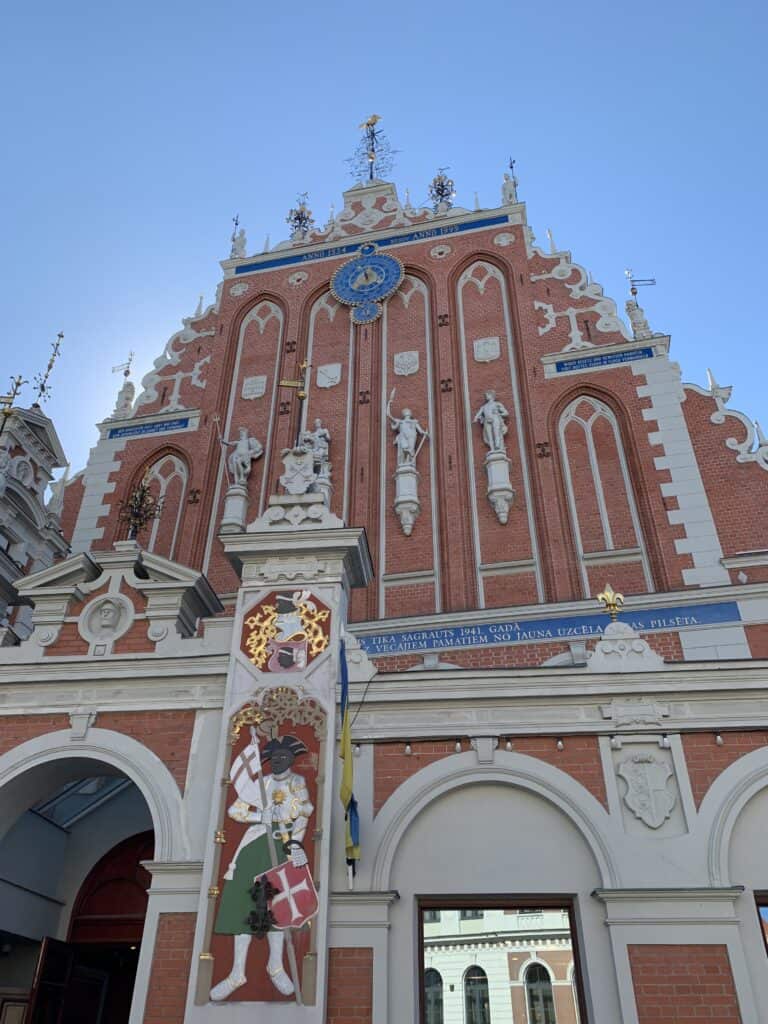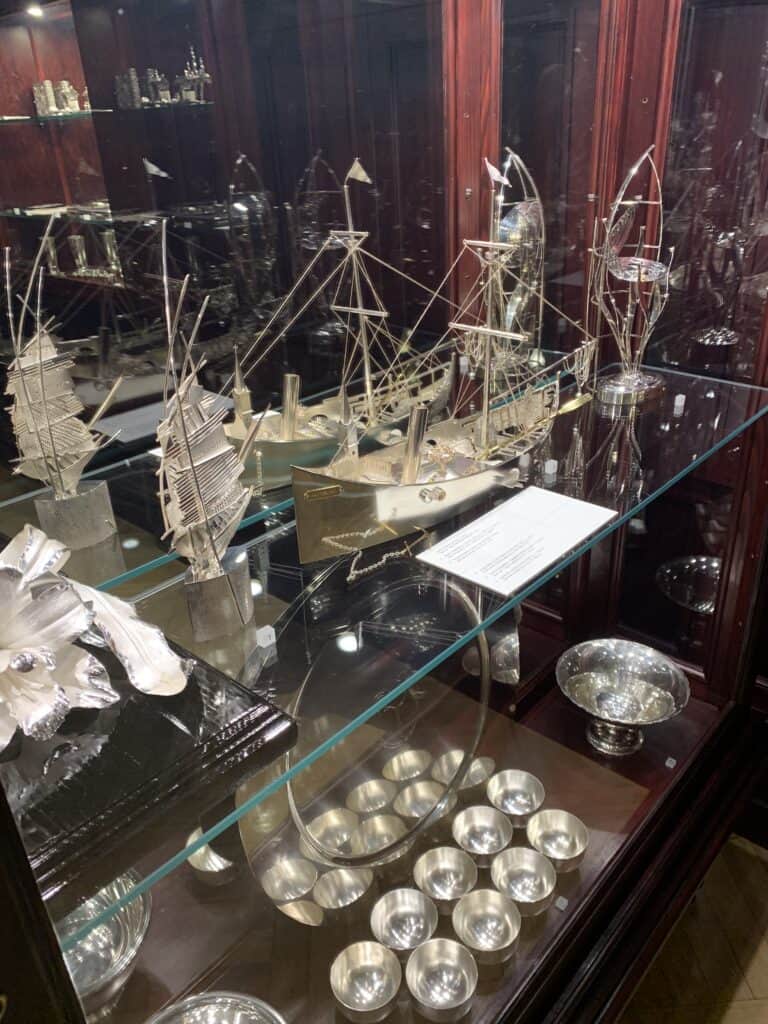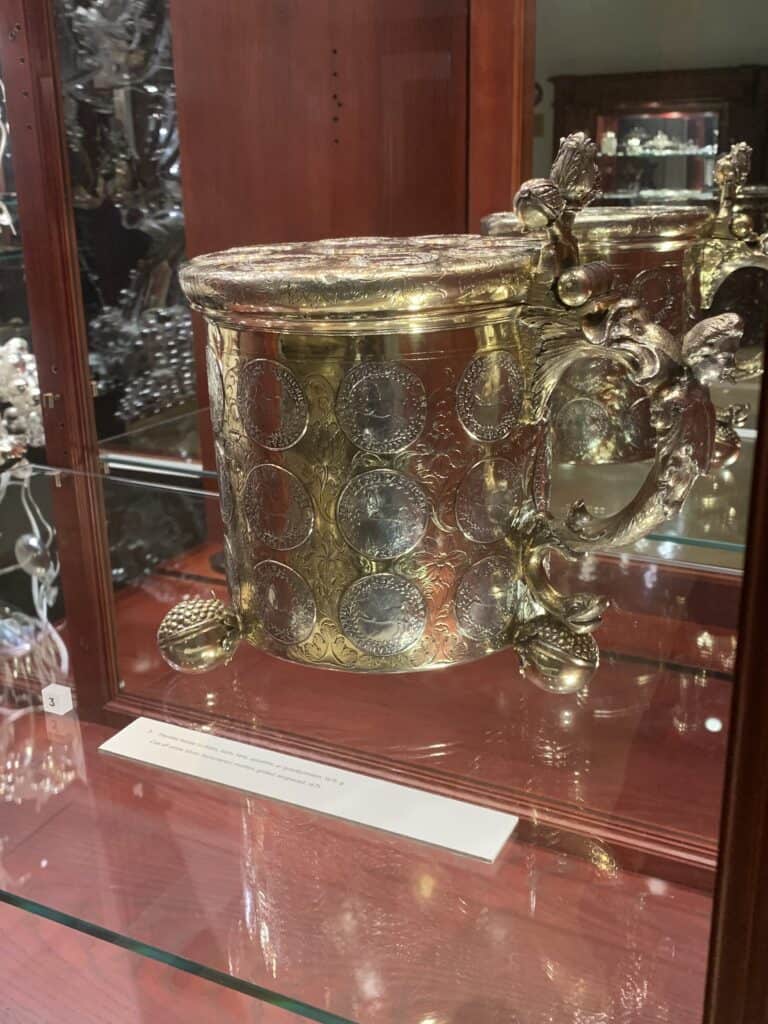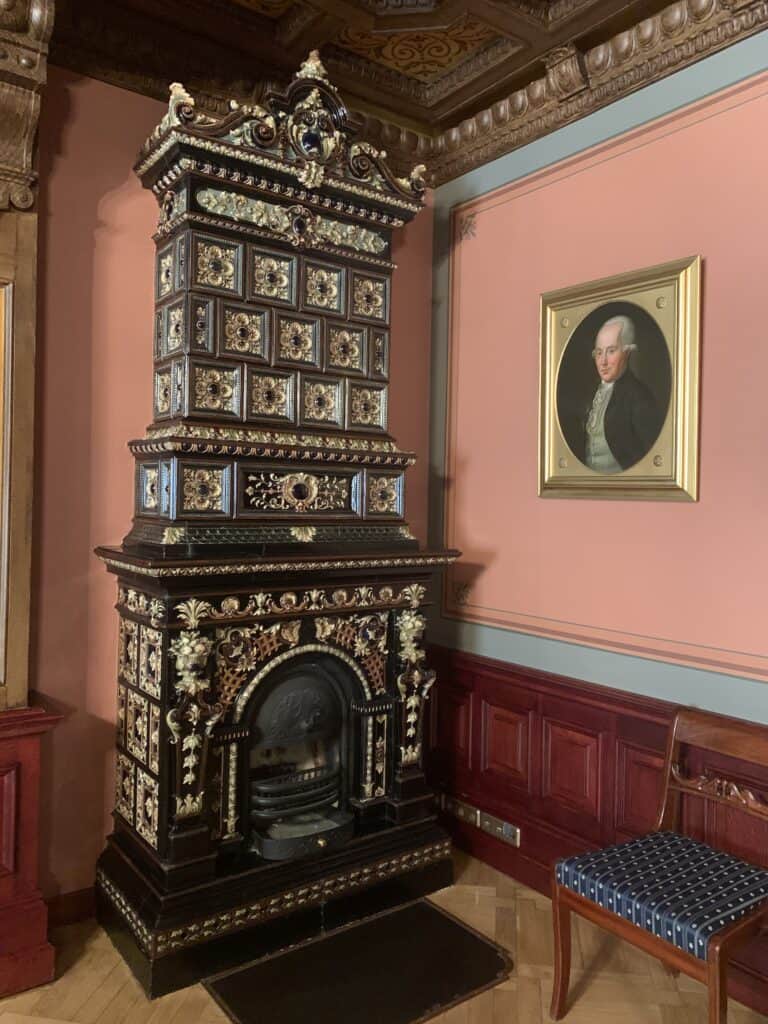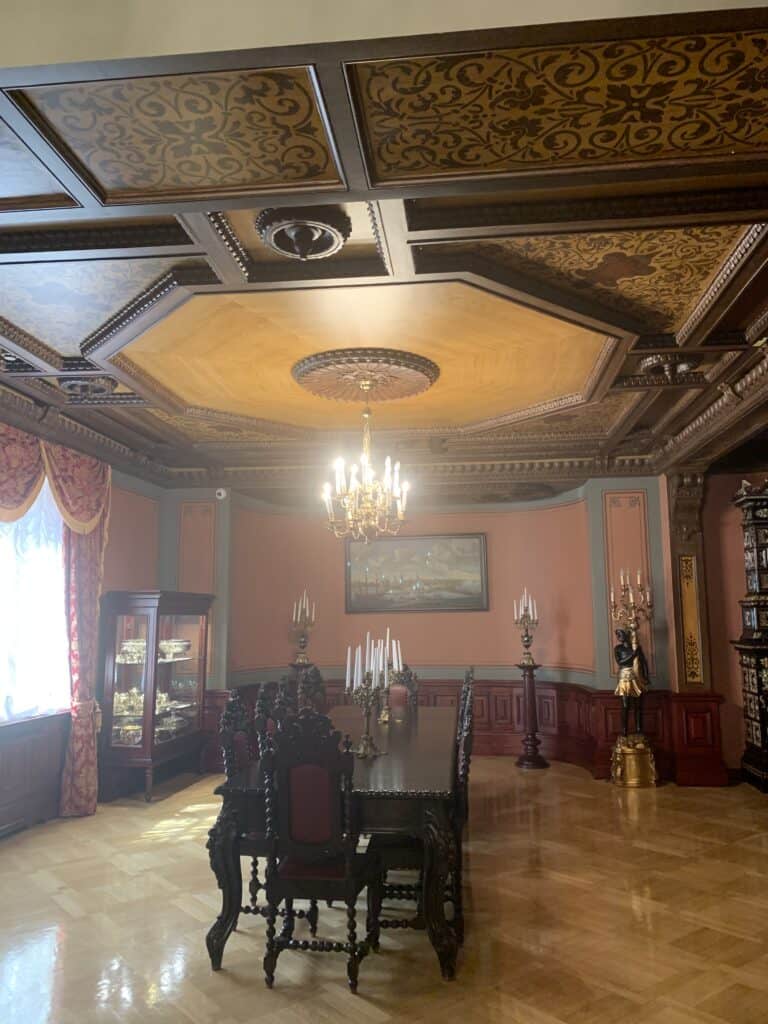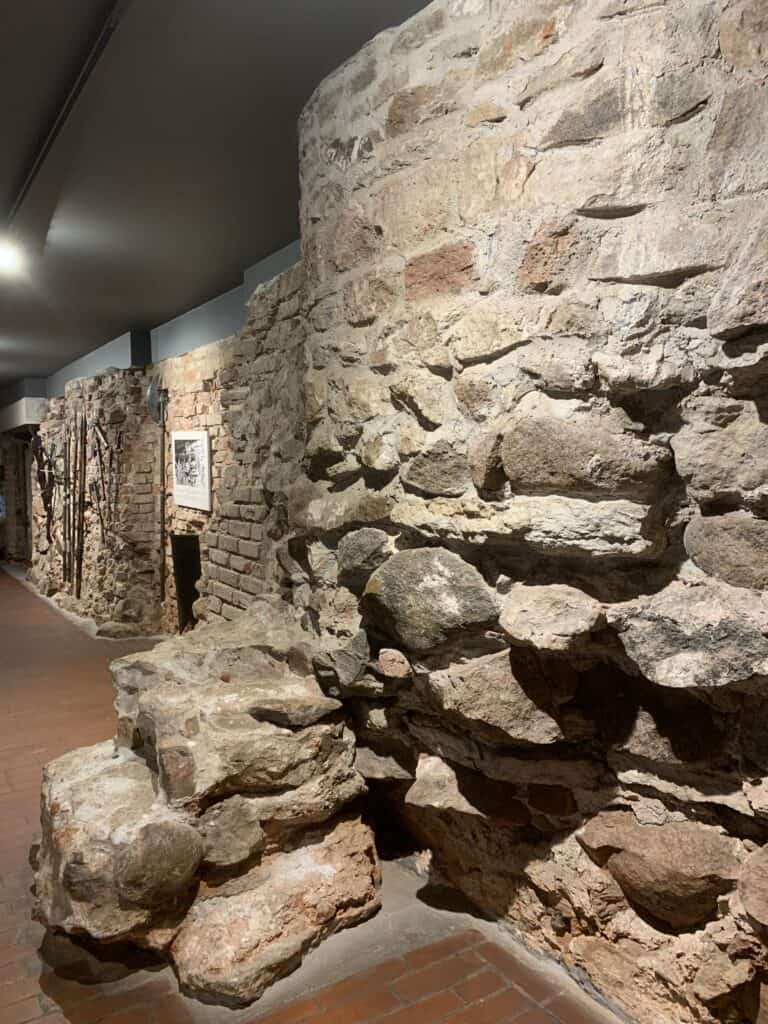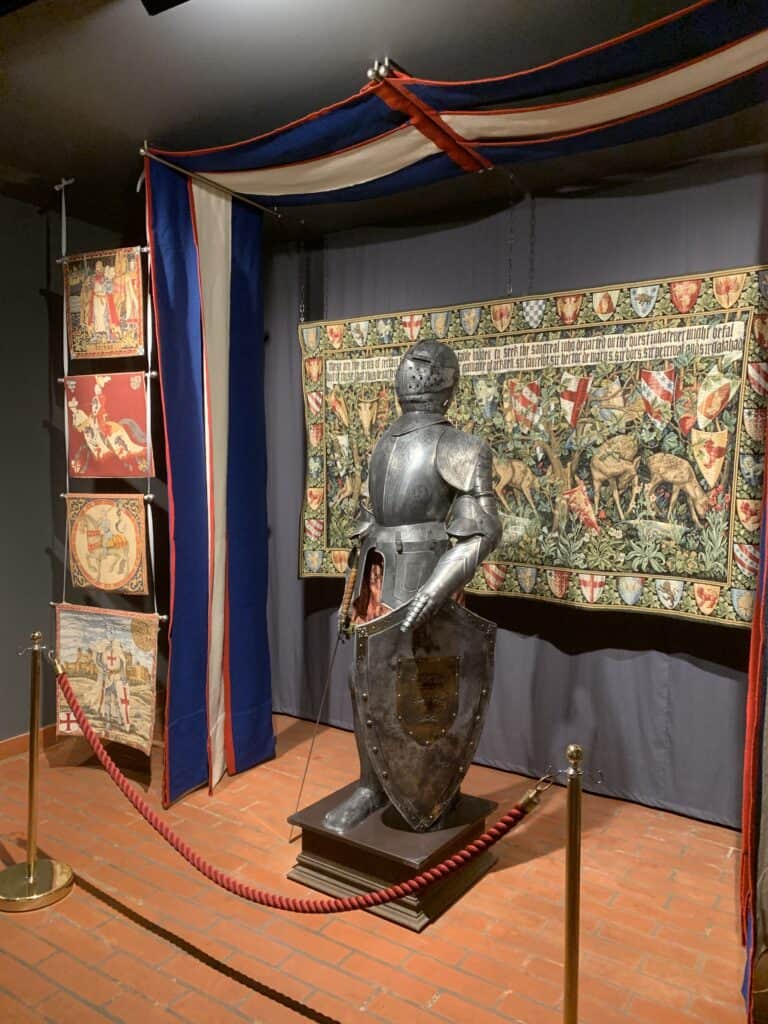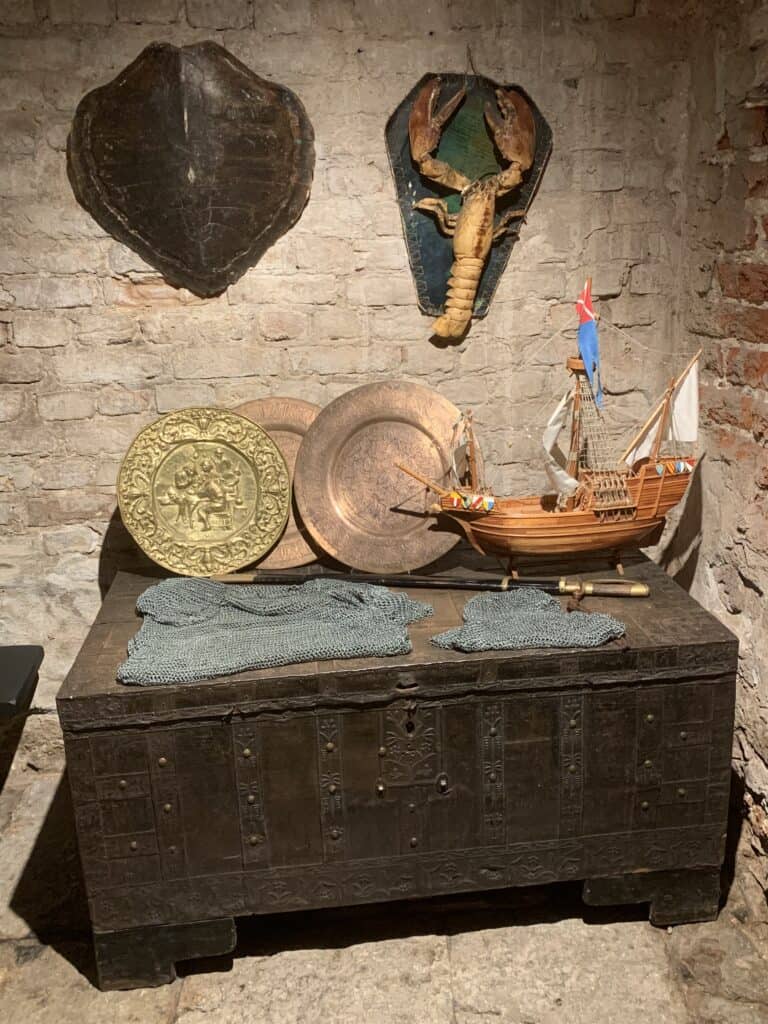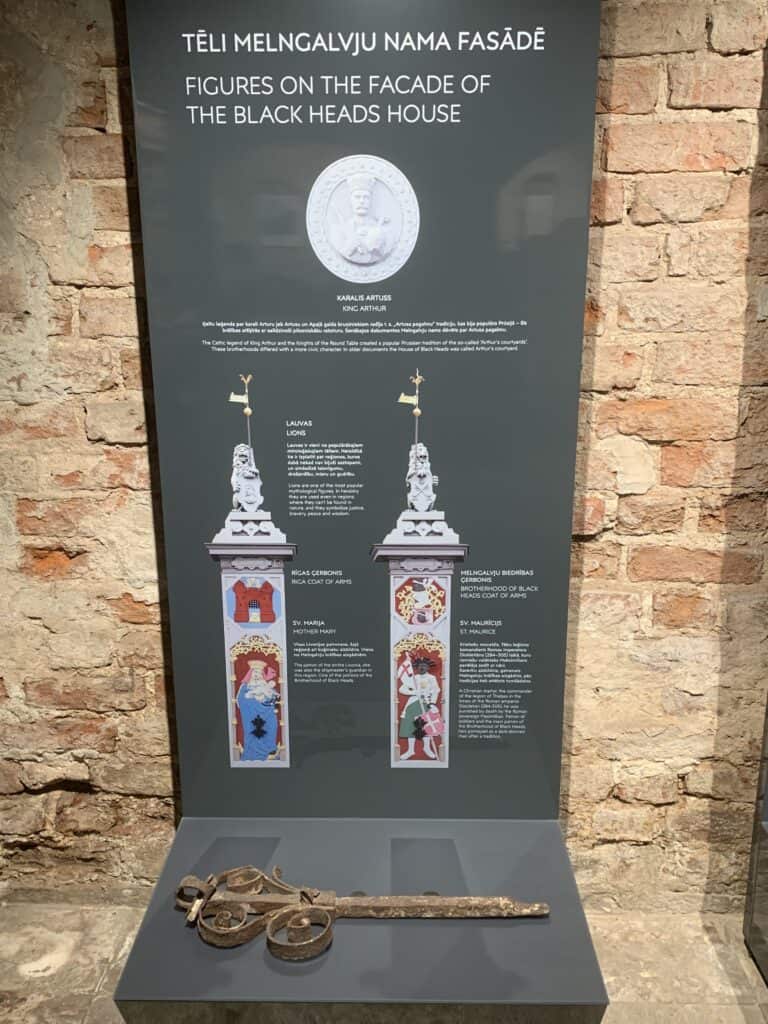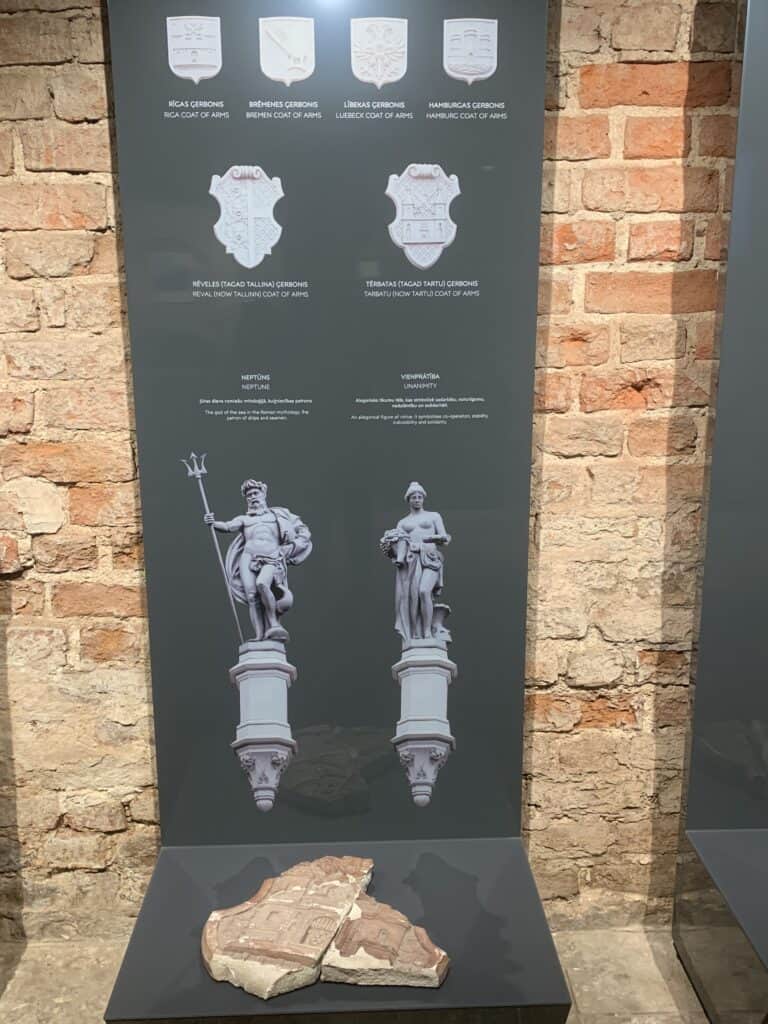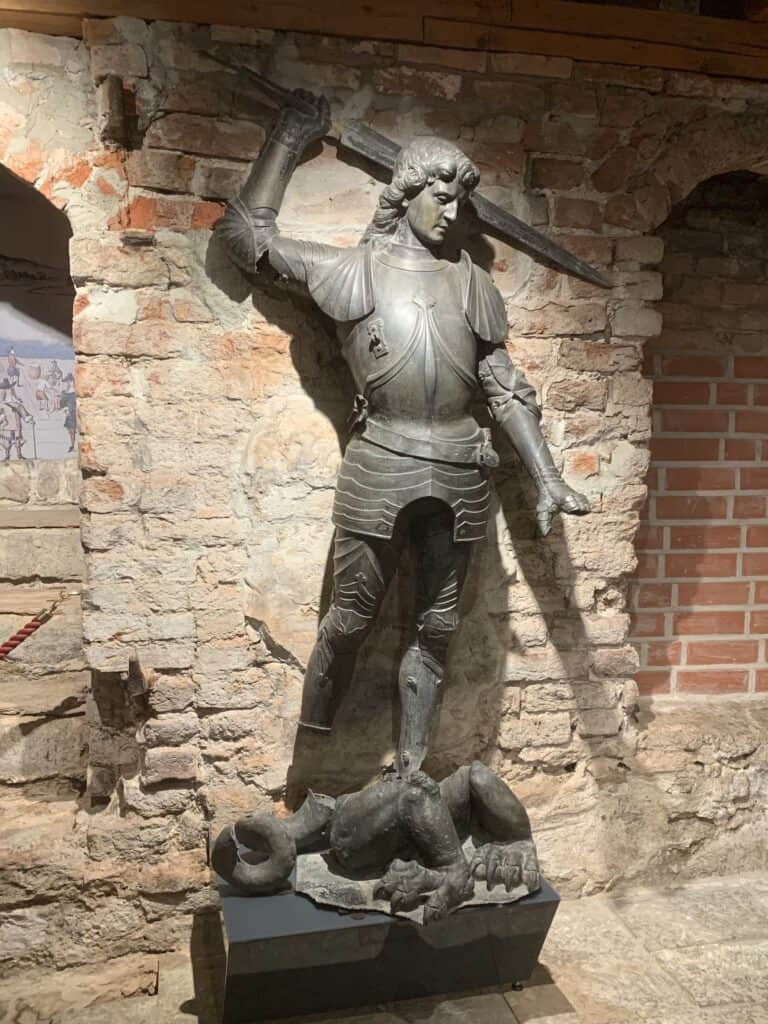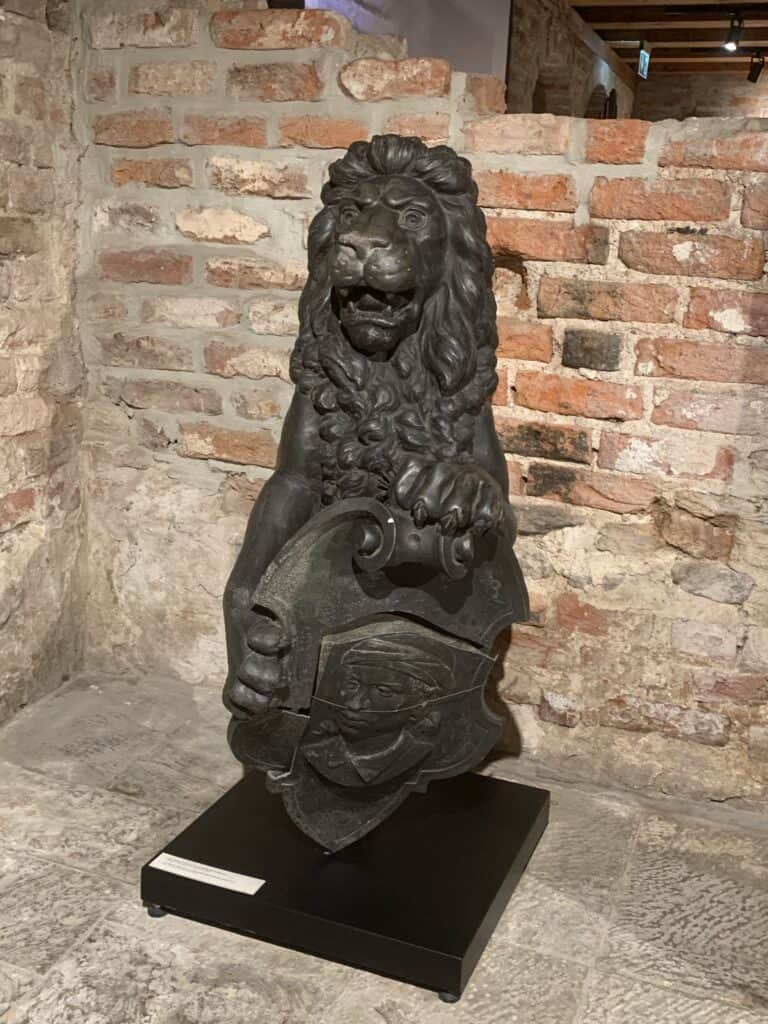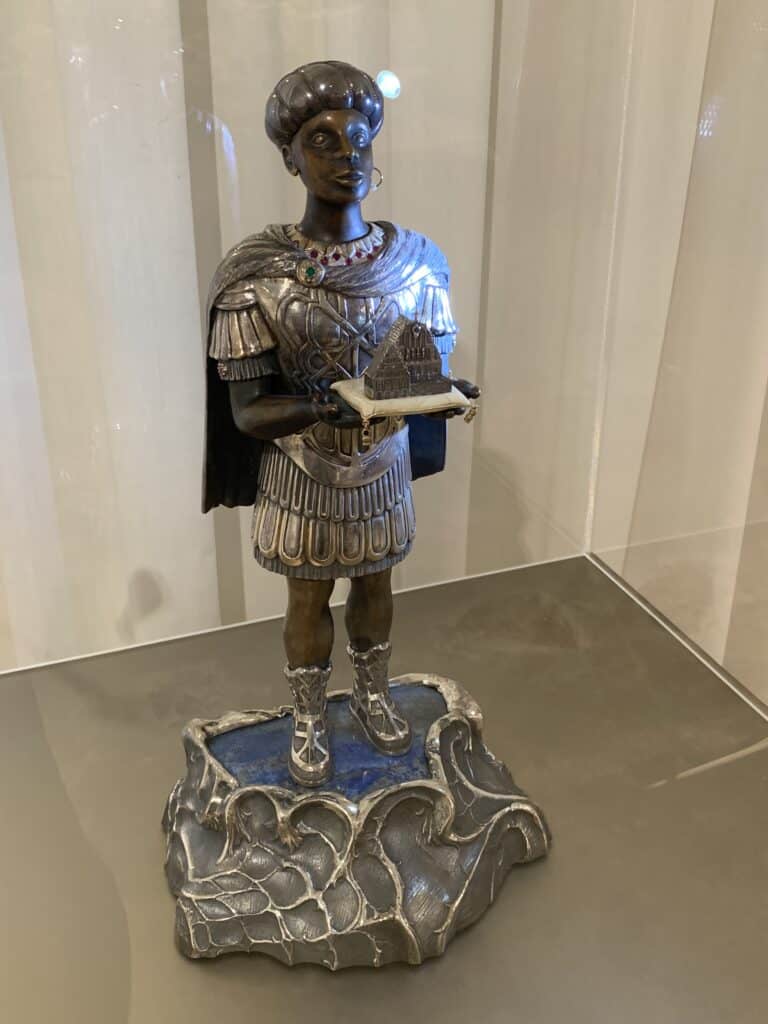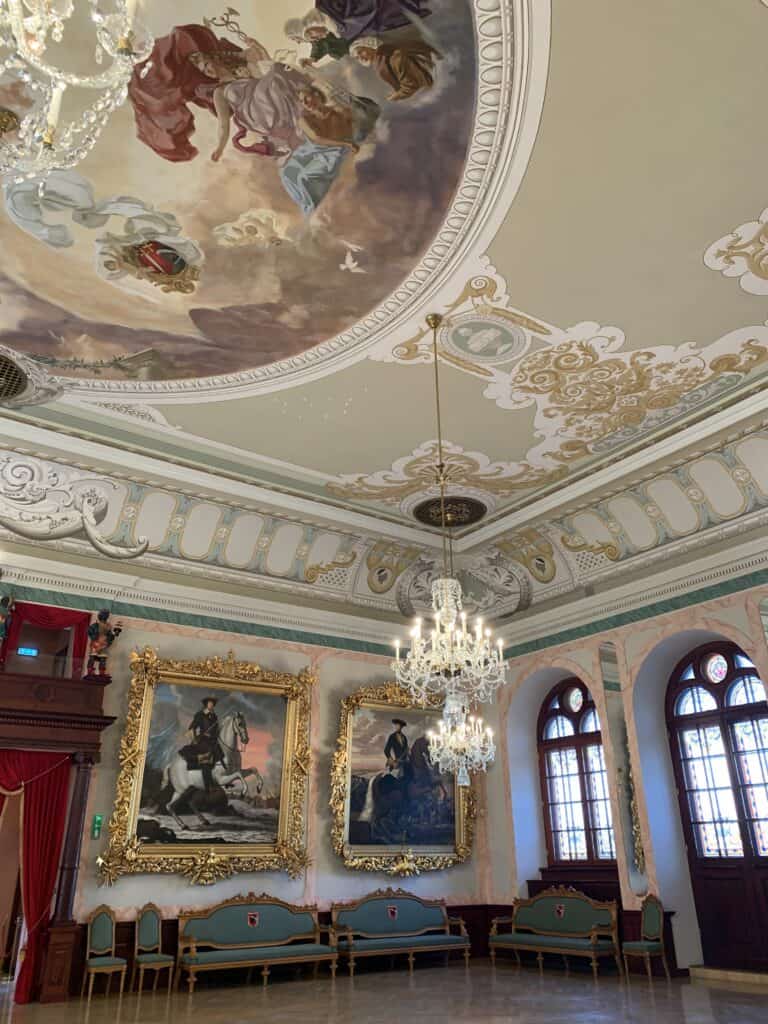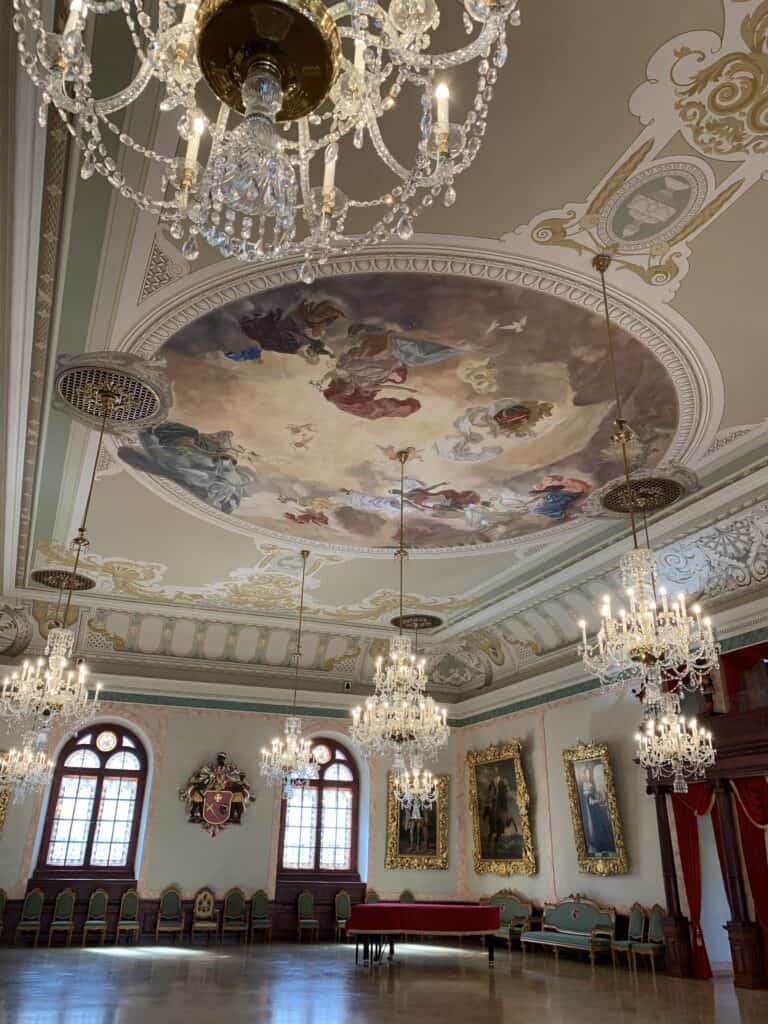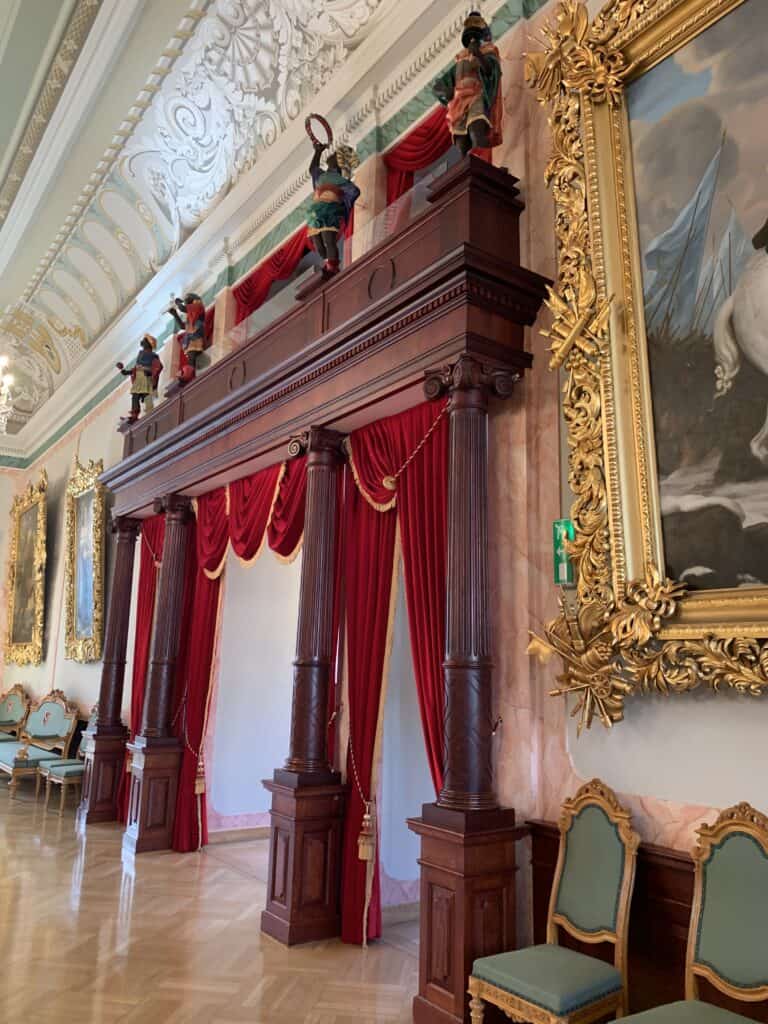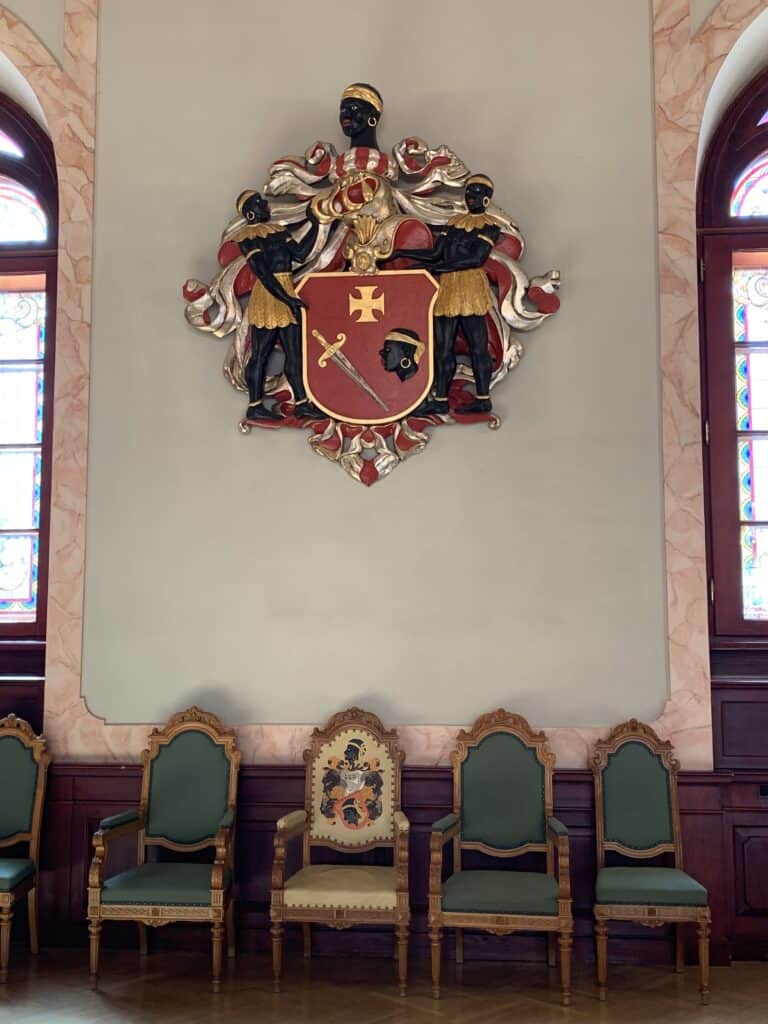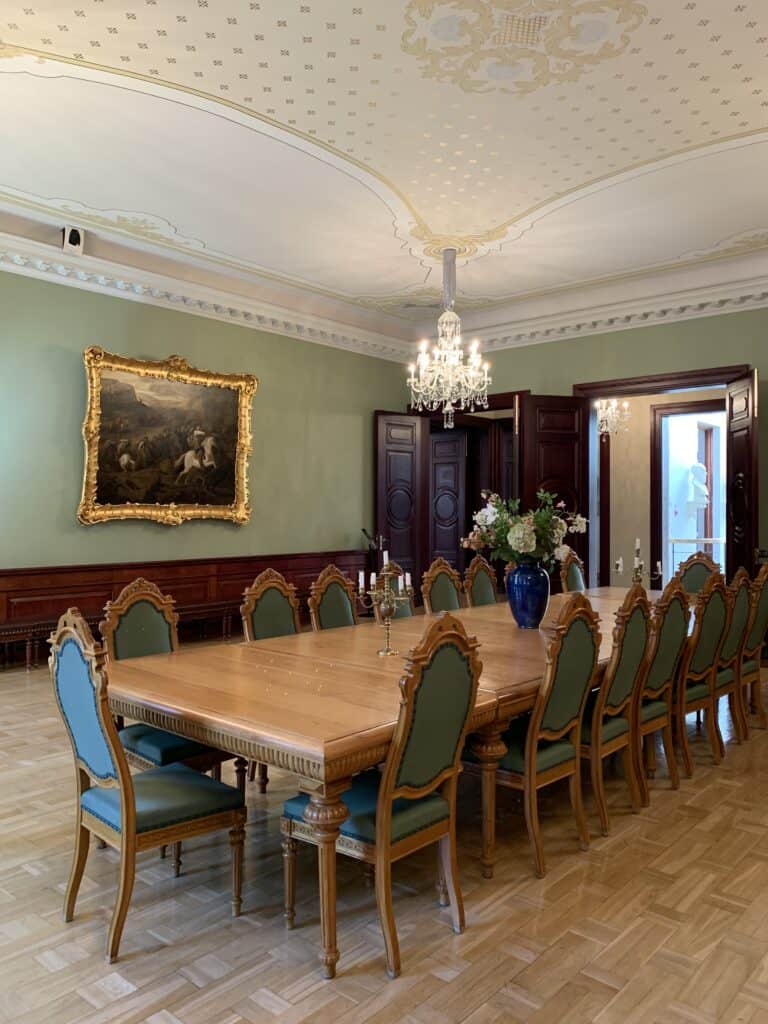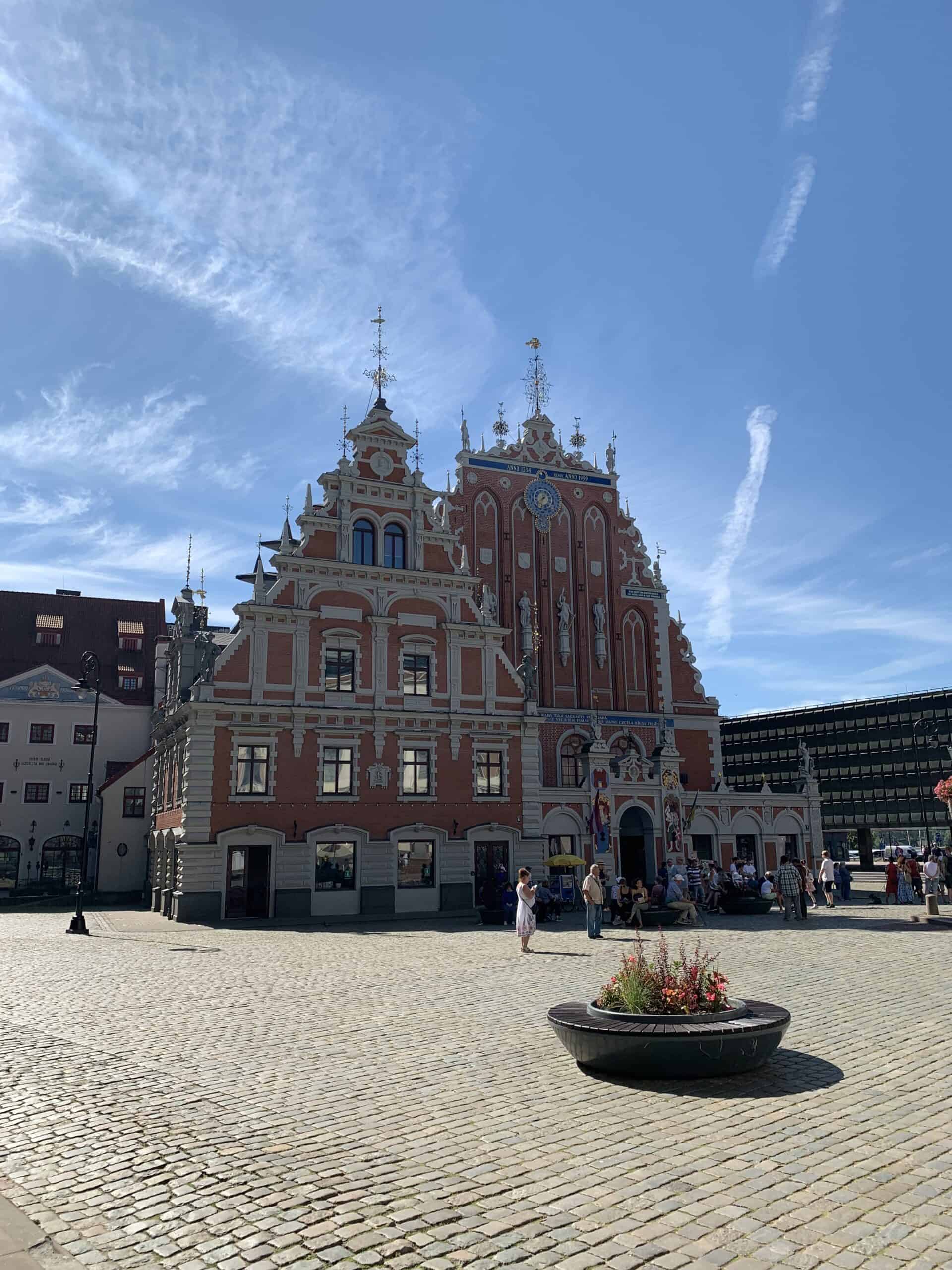
Located on Town Hall Square, in the heart of the Old Town, the House of the Blackheads was built in 1334 as a venue for meetings and banquets held by various Riga organizations.
It is among the most splendid buildings in Riga and was the seat of the Blackhead Brotherhood.
Historically, the function of the building was to promote the commercial activities of the Blackhead Brotherhood in the city and has been a meeting place for traders for many centuries.
The Blackheads were part of the Hanseatic League, an alliance that lasted from the late Middle Ages until the beginning of the modern era that maintained a monopoly of trade over much of northern Europe and the Baltic Sea.
The Blackheads owe their name to their Patron Saint, St. Maurice, who was traditionally depicted as a black soldier in knight’s armor.
Inside the House of the Blackheads is the largest private collection of Baltic silverware, crystal chandeliers, ceiling paintings in the Hall of Celebrations, weapons, armor and much more including the replica of the statue of Roland, symbol of the Medieval Hanseatic Cities.
The building was destroyed by bombs during the Second World War, at the end of it numerous projects were drawn up to rebuild the House of the Blackheads and subsequently archaeological excavations were carried out at the site.
Renovations began in 1995 and were completed in 1999.

